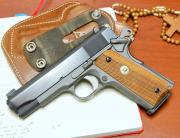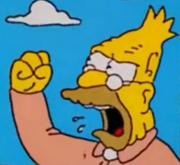Needs citation. What makes hard chrome objectively one of the best? In my readings, electroless nickel tends to have better corrosion resistance and better uniformity than hard chrome with less environmental hazards involved in the process, while losing out very slightly on durability and lubricity. Electroless nickel boron nitride will also have better lubricity and can have better durability, while still retaining the superior corrosion resistance and uniformity of standard EN, while electroless nickel PTFE tends to retain the superior lubricity, corrosion resistance, and uniformity aspects over hard chrome.






 Reply With Quote
Reply With Quote


